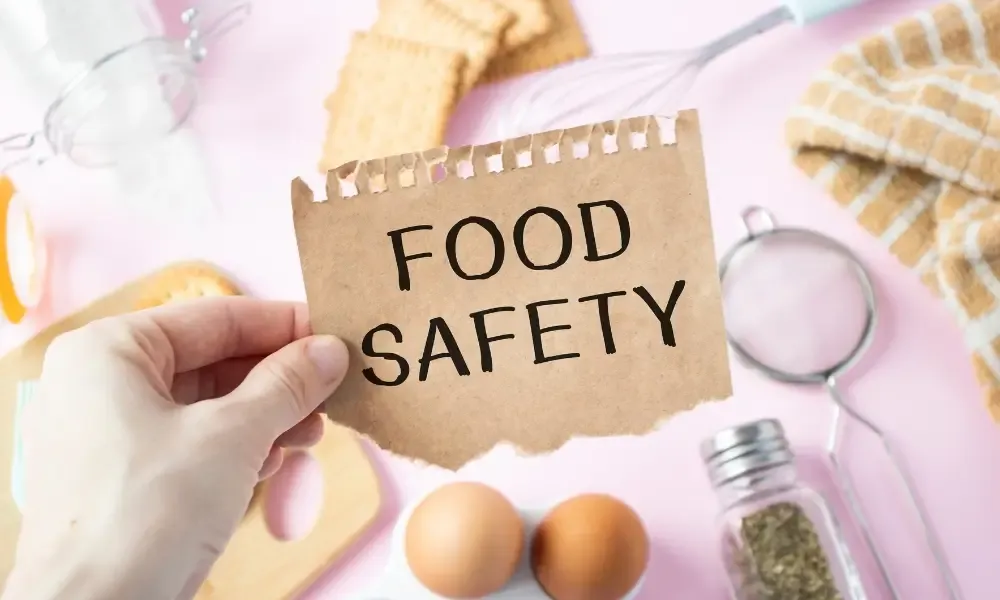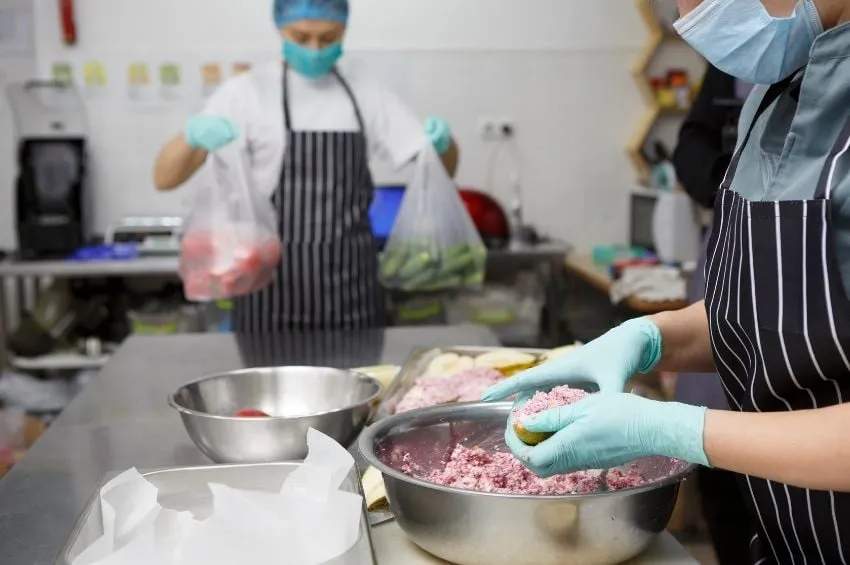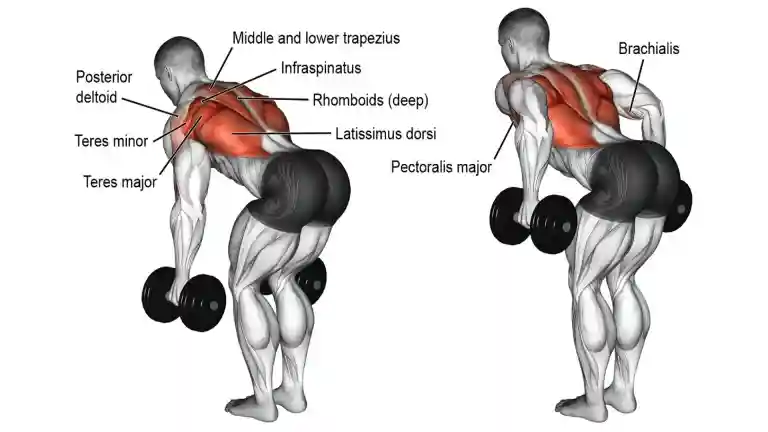Have you ever been asked, “What is the best way to prevent poor food safety?” Food safety is a very crucial matter of concern in public health, which touches the lives of home cooks, restaurant operators, and food manufacturers.

Foodborne infections cause millions of illnesses and thousands of deaths worldwide due to improper food handling. Contaminated food may contain bacteria, viruses, parasites, and chemical toxins harmful to human health.
To prevent any compromise in food safety, it becomes pertinent for one to practice hygiene, adhere to safe food storage conditions, ensure proper cooking parameters, and maintain awareness of the hazards.
This awesome information discusses almost all the ways one can prevent the downfall of food safety, thereby ensuring that food is not only tasty but also safe for consumption.
What Is the Best Way to Prevent Poor Food Safety?
Food may become unsafe if cleanliness, storage, and cooking standards go lax. Starting with the fundamentals, hands must be washed properly: before preparing food, after handling raw meat, and after using the bathroom.
All kitchen surfaces, utensils, and cutting boards must be kept clean; also, separate address boards for raw meats and produce- if they are put together, the raw meat juices might contaminate the produce.
Properly store foods: refrigerate perishables below 40°F (4°C), freeze meats at 0°F (-18°C), and keep dry goods sealed in a cool, dry, and dark place.
Cook foods to safe temperatures: 165°F (74°C) for poultry, 160°F (71°C) for ground meats, and 145°F (63°C) for whole beef, pork, and fish cuts. Leftover food must be heated to 165°F (74°C) and consumed within three or four days.
Wash all fruits and vegetables under running water, even if peeling. Discard expired or damaged cans; raw or undercooked eggs, meat, and seafood require caution.
Select restaurants rated with good hygiene; anything ordered must be consumed within two hours. Teach everyone in the household about basic food safety and keep up with the recalls.
With a combination of these factors, the chances of foodborne illnesses diminish, thereby enhancing the assurance of safe and healthy meals.
How You Can Know the Risks of Poor Food Safety

Foodborne illnesses (food poisoning) are the result of consuming food contaminated with pathogens. Salmonella, E. coli, Listeria, and Norovirus are often the cause of foodborne illnesses.
The symptoms can vary from minor stomach upset to severe dehydration, organ failure, and death, depending on the person, especially young children, the elderly, and the immunocompromised.
Food Safety hazards come from more than just biological hazards, but may also come from chemical hazards (such as pesticides, cleaning agents or food additives) if the key management controls aren’t followed, as well as physical hazards, such as glass or metal fragments.
Recognising and understanding these hazards is the first step in putting in place an effective action plan to prevent the possible occurrence of these hazards.
Teaching Food Safety to Children and Your Household Members
Food safety education should include children and all household members. When children’s household members are taught about food safety practices.
For example, to wash their hands before eating, to not eat raw cookie dough (possibly containing raw egg), and to eventually learn how to determine if food looks or smells spoiled, they will have the knowledge to support their safe eating behaviours for life.
If there is a household member who is pregnant, a child, or another at-risk person (with chronic conditions), caution should be taken to avoid food that can make them sick, such as unpasteurized milk products, raw sprouts, and undercooked shellfish.
The Role of Government and Industry in Food Safety

The government and food industry play an important part in ensuring food safety standards. In addition to risk management, there are food safety inspectors who grade the hygiene of establishments using a system of grading.
Food regulatory organisations like the FDA (Food and Drug Administration) and the EFSA (European Food Safety Authority) conduct inspections and health protocols to ensure safety of food. Government agencies can cancel (issue recalls) unsafe (contaminated) product from market.
All consumers can sign up for recalls and alerts in association with their local or provincial health authority.
Also, when consumers buy from restaurants and businesses that clearly show they practice safe food supply chain practices and food is made with wholesome ingredients, they change how the industry does business, and higher standards are put in place for everyone involved.
Safe Eating Out and Takeout Practices
When eating out or getting takeout food, you need to think about extra food safety considerations. When dining in a restaurant.
Try to eat at places with good hygiene inspection ratings and pay attention to whether staff are following safe food handling practices or not.
Buffets and salad bars are of concern because foods can be sitting at unsafe temperatures for a long time.
All take-out food must be eaten immediately or after 2 hours of purchase, or kept hot (140°F/60°C and higher) or cold (40°F/4°C and below) during transit. If you reheat food to the required temperature, you will kill any bacteria that may grow!
Final Thoughts
Food safety requires vigilance at every stage of the process: purchasing and storing food and ingredients; preparing, cooking, and serving food.
Following proper hygiene practices, avoiding cross-contamination, cooking foods to safe temperatures, and being aware of food recalls can help prevent foodborne illnesses.
Whether you are cooking at home, or ordering takeout, you will know that you are using food safety practices to make your meals enjoyable and safe for everyone at your table. Would you like a downloadable checklist to make food safety easier in your kitchen?







